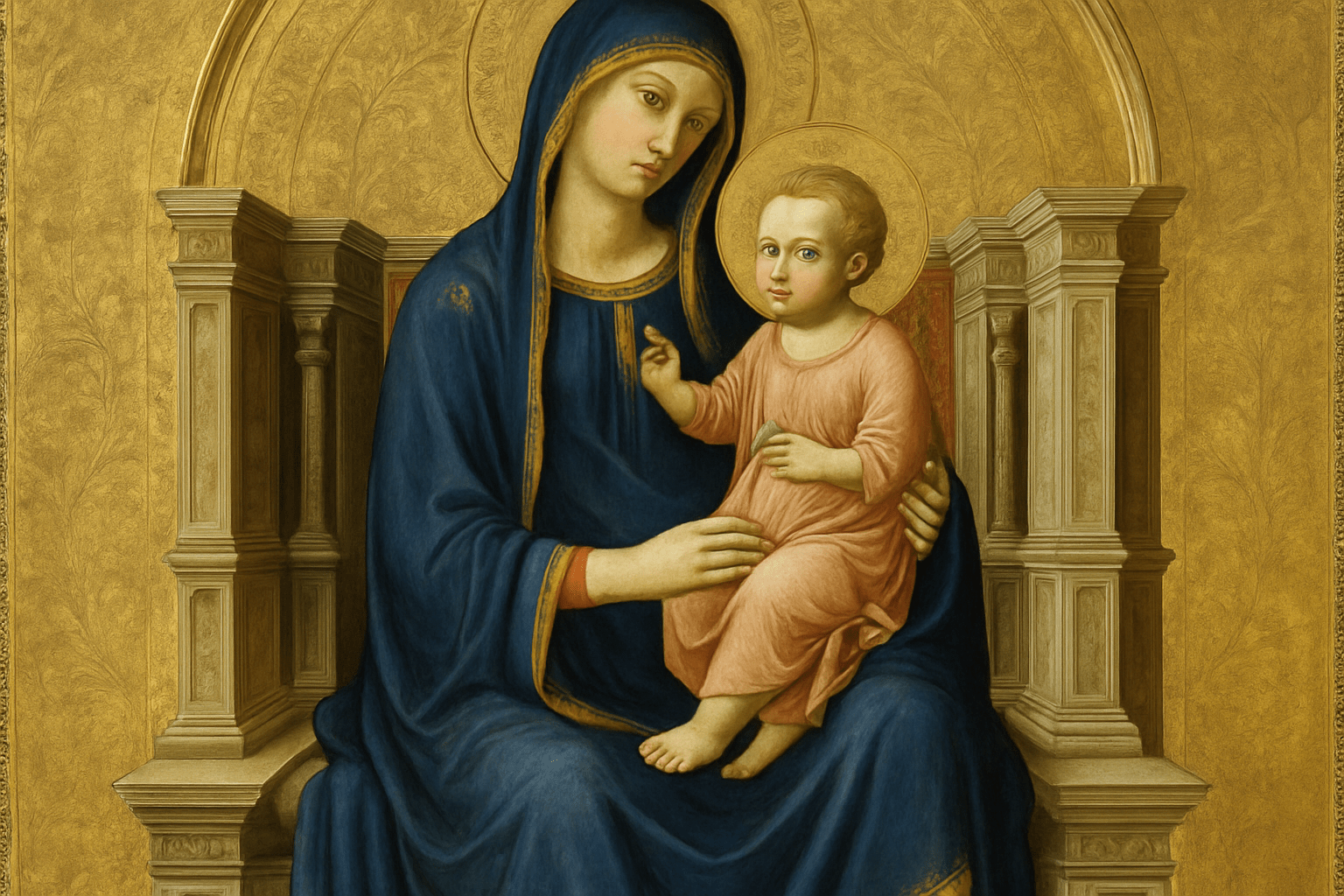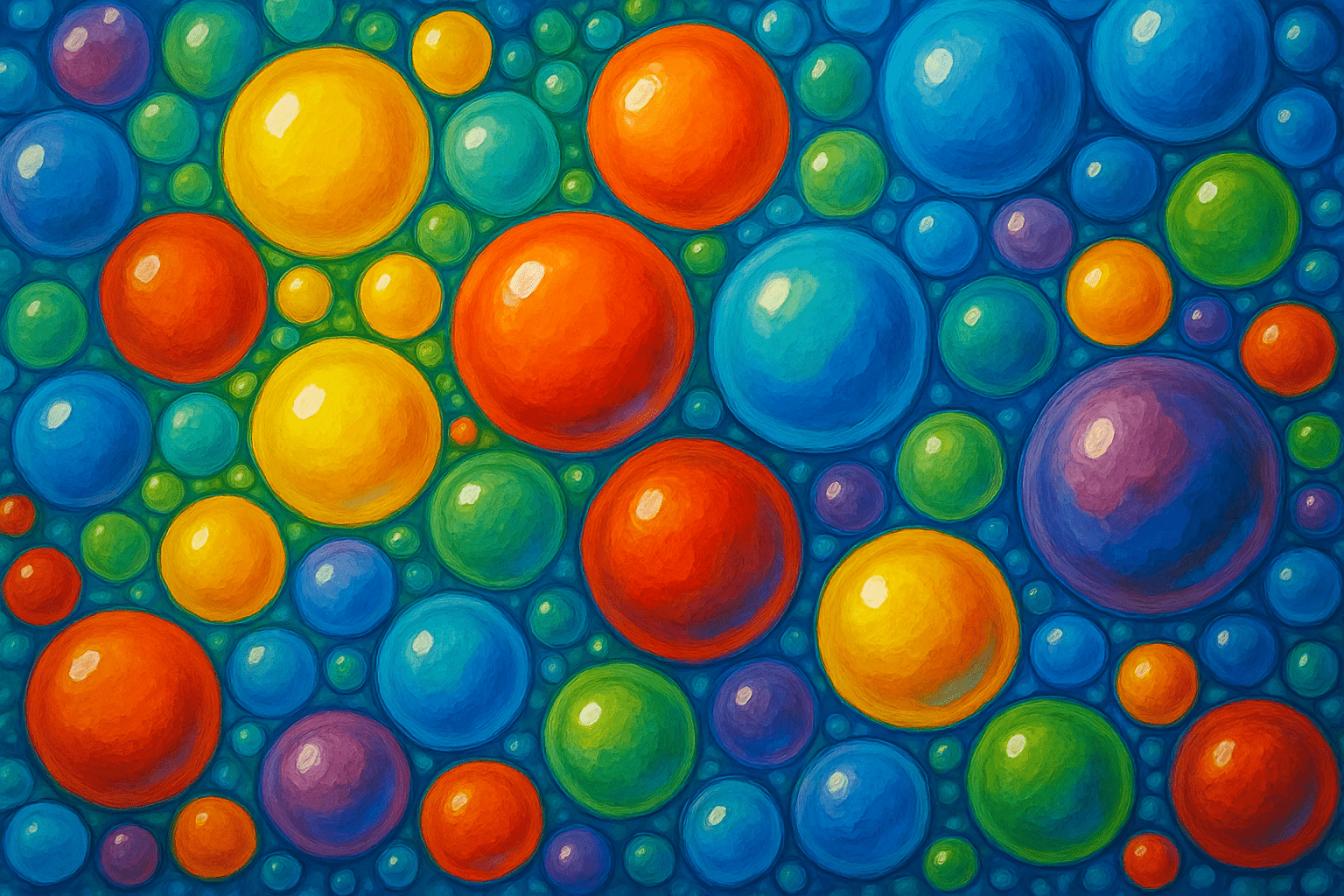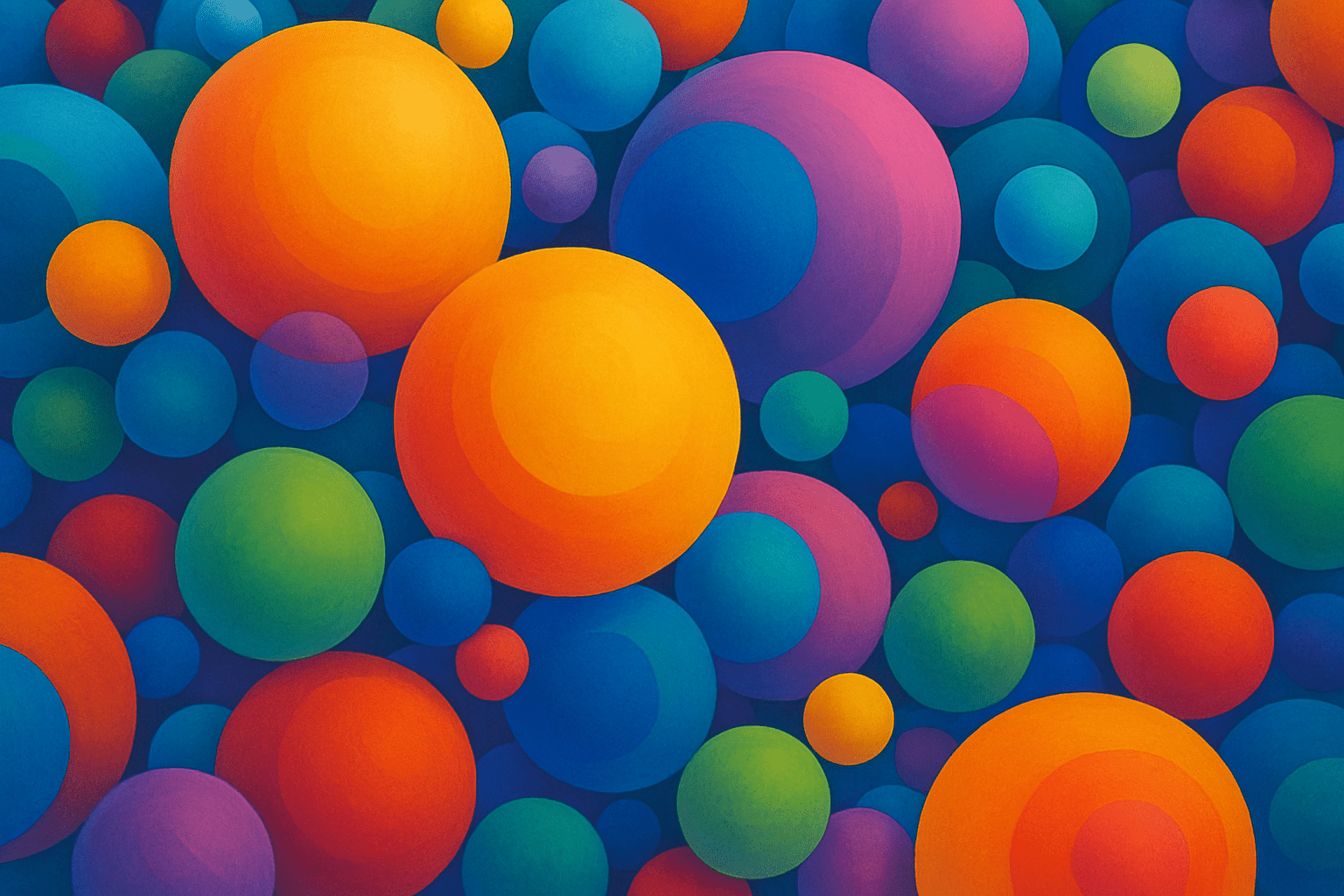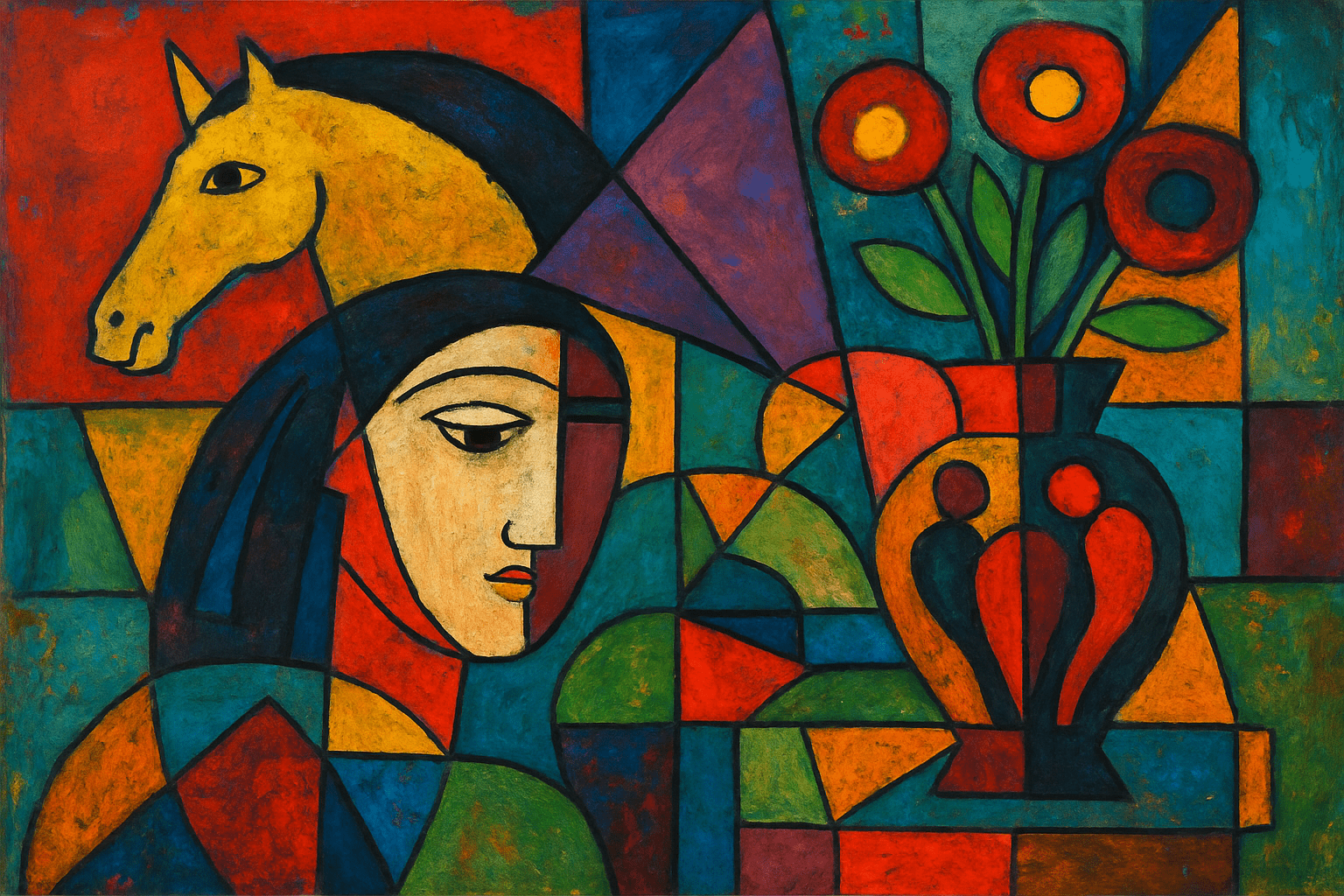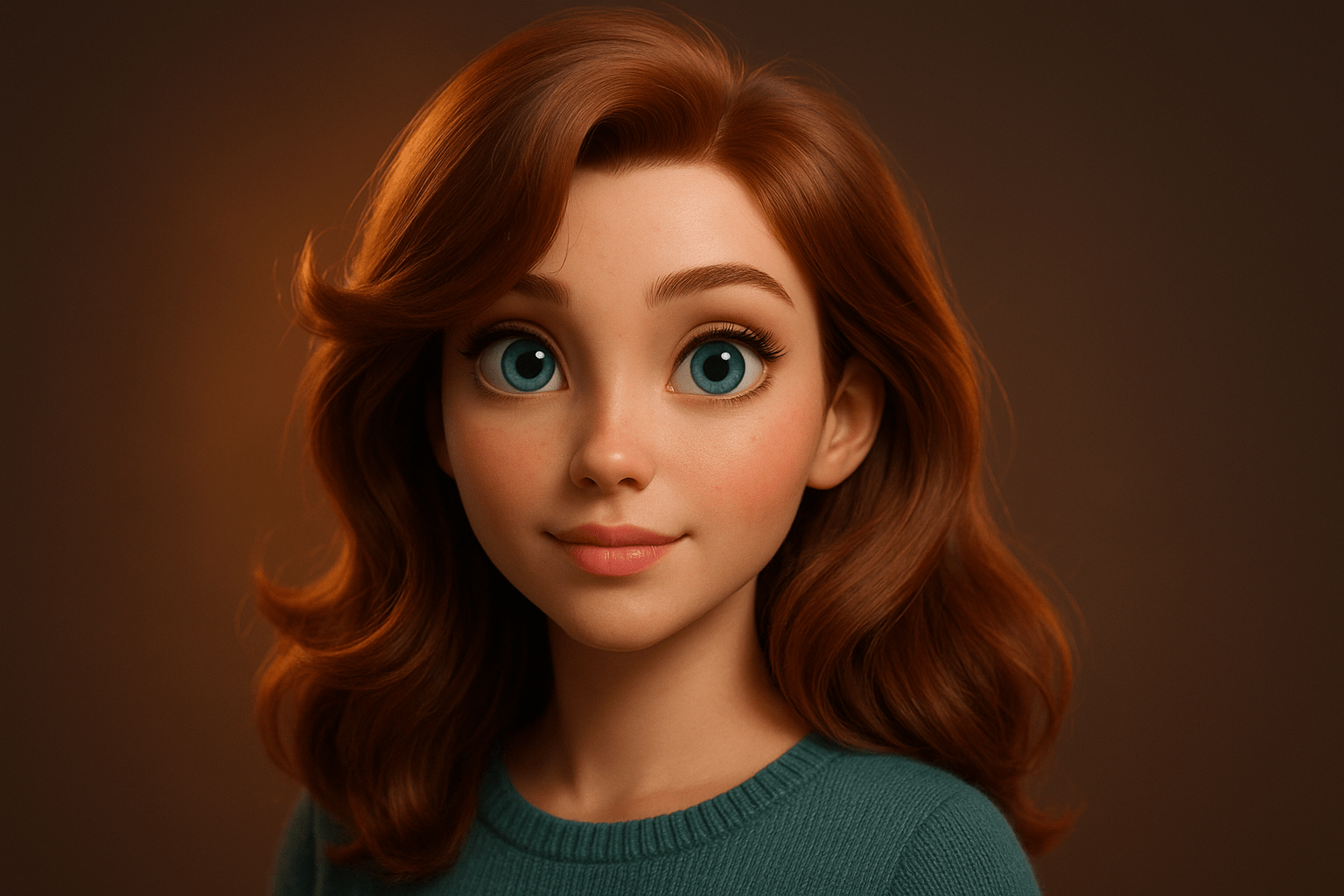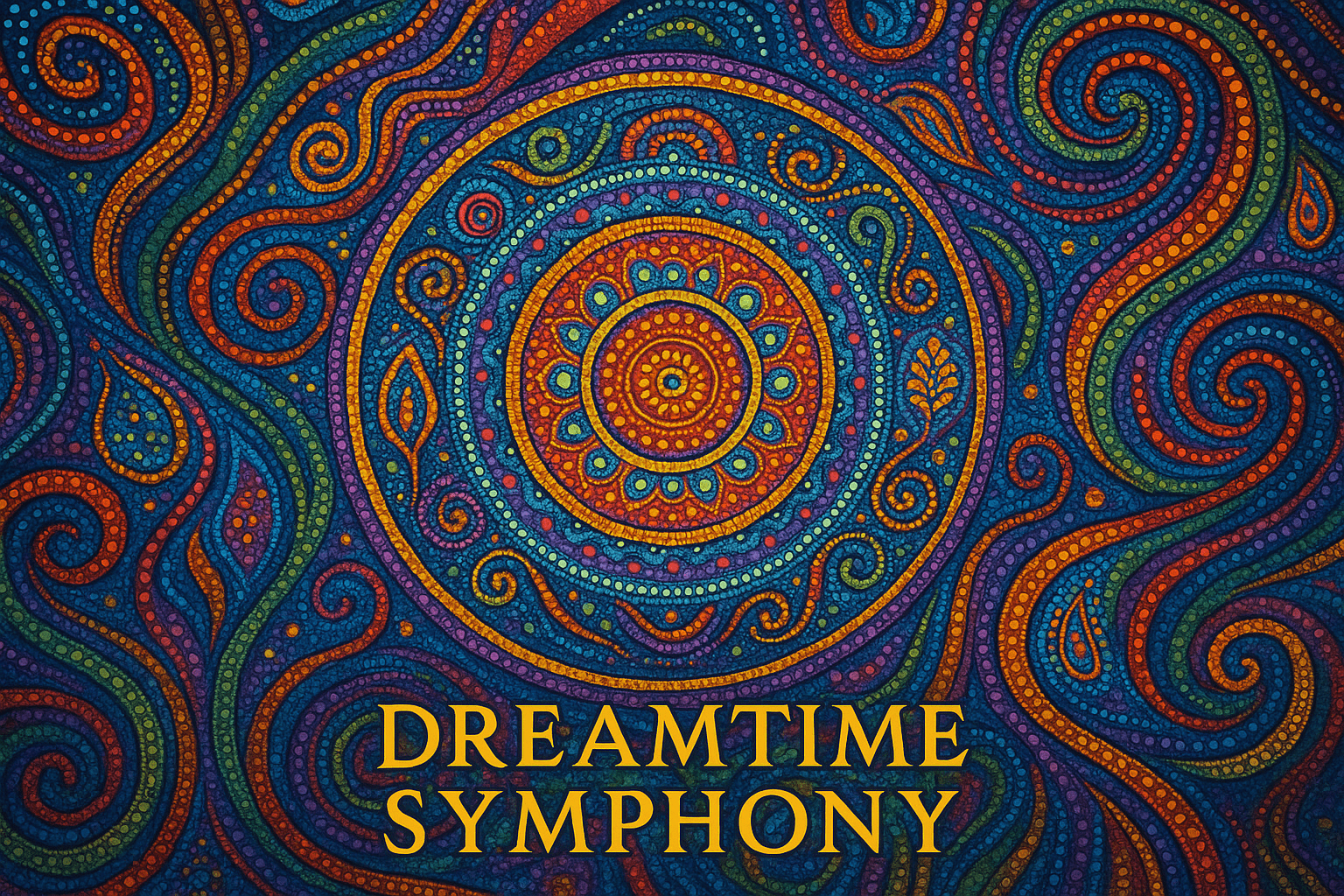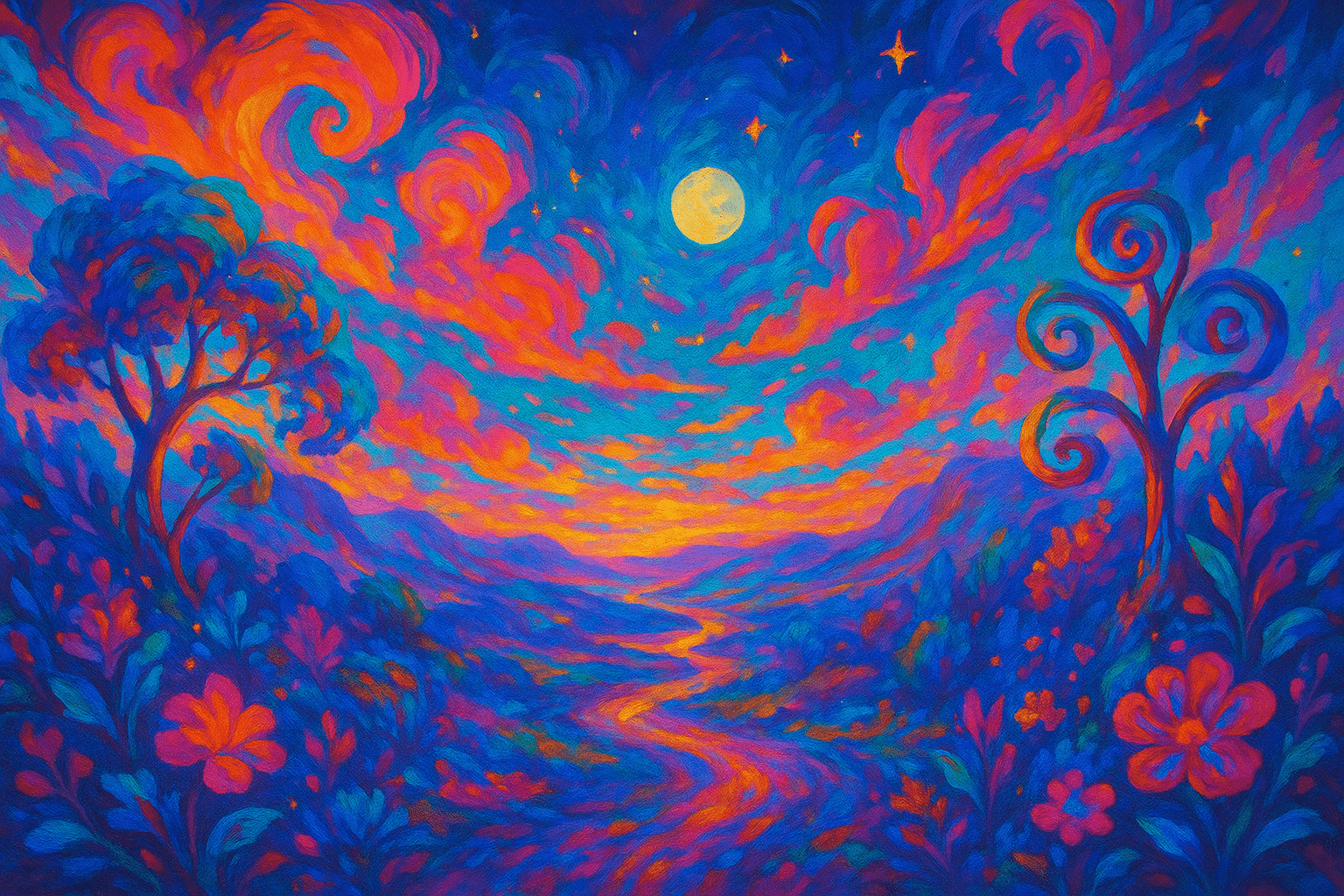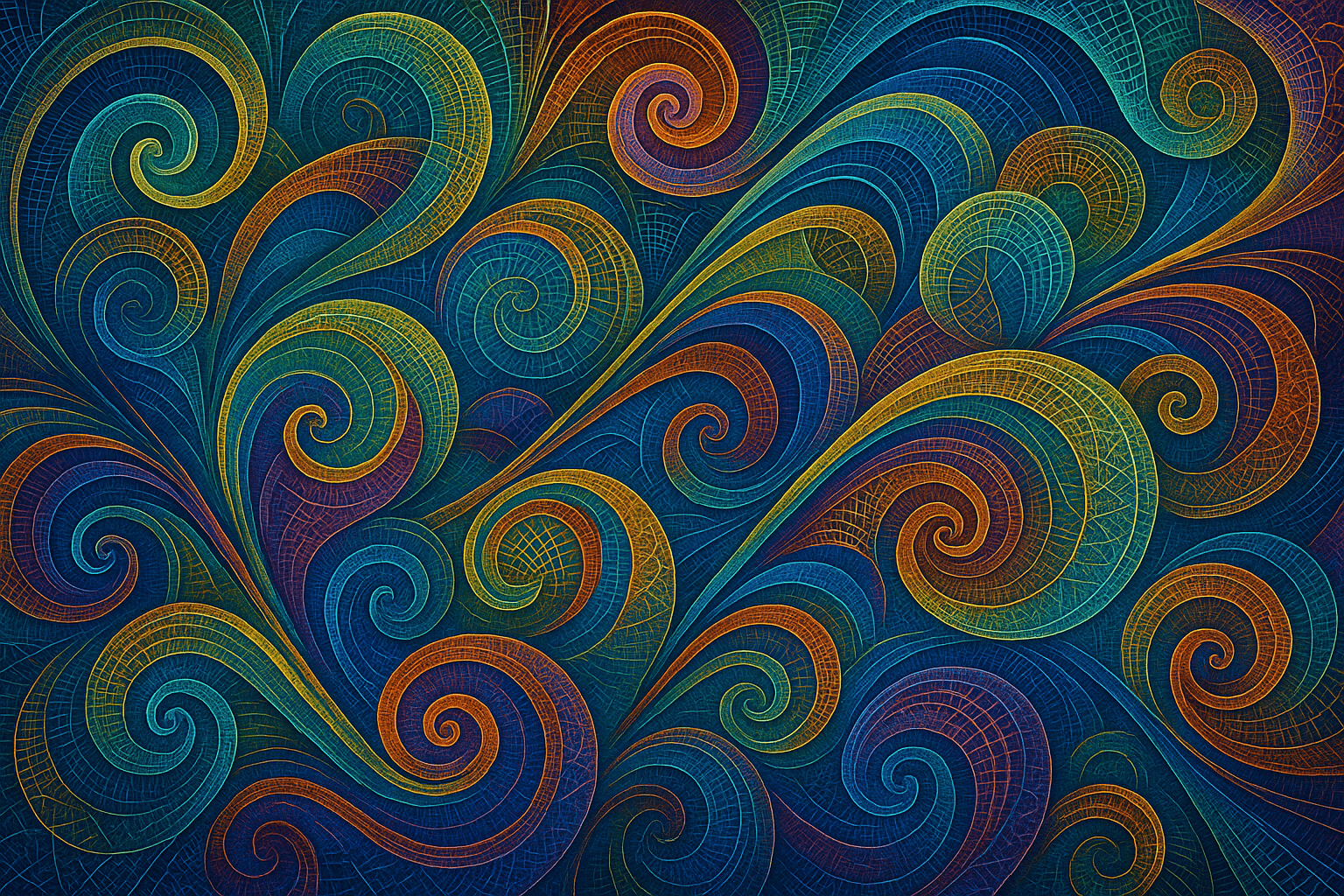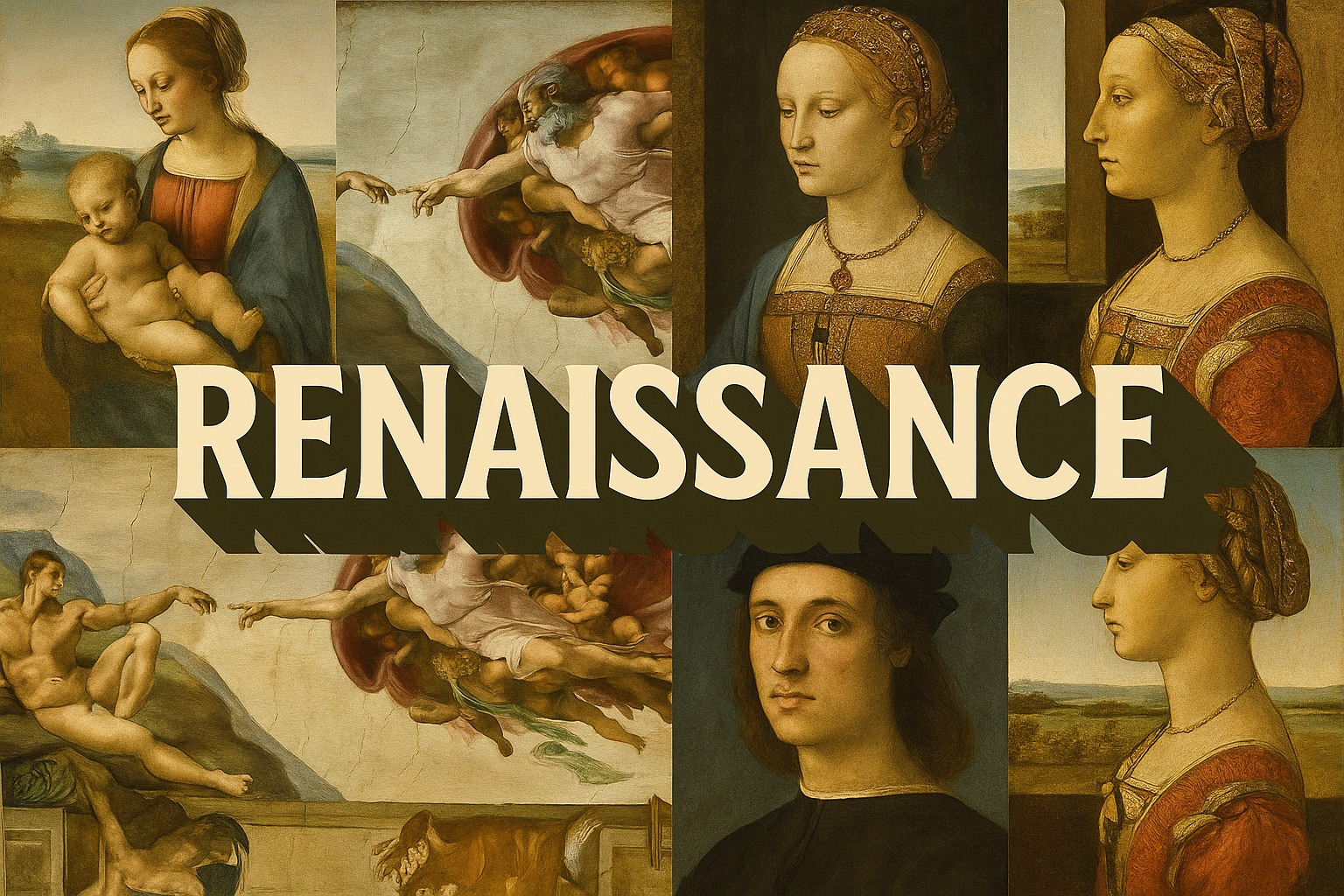
Renaissance
The Renaissance was a period of rebirth in art, culture, and science. The art style of the Renaissance is characterized by a return to the naturalism of the classical world, as well as a focus on light and shadow. The colors of the Renaissance are often bright and bold, and the overall style is one of grandeur and elegance.
AOI thinking about Renaissance [+_~]-/
Overview and Quickfacts
Renaissance art is characterized by a return to naturalism and realism, as well as a greater focus on the individual. This period saw a renewed interest in the classical world, as well as a shift away from the religious art of the Middle Ages. Renaissance artists sought to capture the beauty of the world around them, and their work is characterized by a high level of technical skill.
Can understand it also, as:
rebirth, revival, reawakening, reform
Categorize it as:
Impressionism, Modernism
.: Dreaming :.
holds a HAIKU for the art style
:. Thought is power .:
Detailed Description
The Renaissance was a period in European history, from the 14th to the 17th century, considered the bridge between the Middle Ages and modern history. It started in Italy and spread to the rest of Europe, marking the beginning of the Early Modern Age. The word renaissance literally means “rebirth” in French. The Renaissance saw a revival in art, literature, science, and philosophy. Famous artists of the Renaissance include Leonardo da Vinci, Michelangelo, Raphael, and Donatello. Some of the most famous paintings of the Renaissance are the Mona Lisa, the Last Supper, and the Sistine Chapel ceiling. The Renaissance was a time of great change in Europe. New ideas and knowledge spread quickly, and there was a renewed interest in the arts, literature, and science. The Renaissance was a time of great creativity, and many of the most famous artists, writers, and thinkers of all time lived and worked during this period.
.. beep, beep, beep ..
<START OF TRANSMISSION>
1. The Renaissance was a period of time in Europe from the late 1400s to the early 1600s. 2. The Renaissance was a time of great cultural change and achievement. 3. The Renaissance saw the rediscovery of the classical world of Greece and Rome. 4. The Renaissance also saw the rise of humanism, a philosophical and literary movement that emphasized the dignity and worth of the individual. 5. The Renaissance was a time of great political change. The feudal system of the Middle Ages was breaking down and nation-states were beginning to form. 6. The Renaissance was a time of religious upheaval. The Protestant Reformation began in the early 1500s, and by the end of the period, religious warfare was raging across Europe. 7. The Renaissance was a time of great economic change. The growth of trade and commerce led to the rise of a new middle class. 8. The Renaissance was a time of great social change. The rigid class structure of the Middle Ages was breaking down, and a more merit-based society was emerging. 9. The Renaissance was a time of great scientific change. The discoveries of Copernicus and Galileo challenged traditional views of the universe. 10. The Renaissance was a time of great artistic change. The paintings of Leonardo da Vinci and Michelangelo were unlike anything that had been seen before. 11. The Renaissance was a time of great architectural change. The buildings of the Renaissance were characterized by their grandeur and symmetry. 12. The Renaissance was a time of great literary change. The works of Shakespeare and Cervantes were unlike anything that had been seen before. 13. The Renaissance was a time of great musical change. The music of the Renaissance was characterized by its complex harmonies and intricate counterpoint. 14. The Renaissance was a time of great technological change. The invention of the printing press in the mid-15th century led to a revolution in the dissemination of knowledge. 15. The Renaissance was a time of great historical change. The discovery of America in 1492 led to a new era of exploration and conquest. 16. The Renaissance was a time of great geographical change. The exploration of the New World led to the rise of global trade. 17. The Renaissance was a time of great demographic change. The population of Europe increased dramatically during the Renaissance, and the world's population began to grow for the first time in centuries. 18. The Renaissance was a time of great climatic change. The Little Ice Age began in the early 14th century, and the climate of Europe became increasingly cold and wet. 19. The Renaissance was a time of great environmental change. The deforestation of Europe led to soil erosion and flooding. 20. The Renaissance was a time of great social change. The rise of the middle class led to a new emphasis on education and the arts.
<EOF>
.. robbel bob
Visual Examples from our image gallery
Coming soon, we are so slow .. might never come
Artists, Paintings, and more
(be aware, can be highly speculative)
Artists (be aware, speculation possible):
1. Leonardo da Vinci (1452-1519) 2. Michelangelo (1475-1564) 3. Raphael (1483-1520) 4. Donatello (1386-1466) 5. Fra Angelico (1400-1455) 6. Piero della Francesca (1415-1492) 7. Andrea del Verrocchio (1435-1488) 8. Domenico Ghirlandaio (1449-1494) 9. Filippo Lippi (1406-1469) 10. Masaccio (1401-1428) 11. Giovanni Bellini (1430-1516) 12. Botticelli (1445-1510) 13. Titian (1488-1576) 14. Tintoretto (1518-1594) 15. Caravaggio (1571-1610) 16. Veronese (1528-1588) 17. Giorgione (1477-1510) 18. Correggio (1489-1534) 19. Parmigianino (1503-1540) 20. Pontormo (1494-1557) 21. Bronzino (1503-1572) 22. Andrea Solari (1460-1524) 23. Bartolomeo Passarotti (1529-1592) 24. Federico Barocci (1528-1612) 25. Giuseppe Arcimboldo (1527-1593) 26. Luca Giordano (1634-1705) 27. Salvator Rosa (1615-1673) 28. Artemisia Gentileschi (1593-1652) 29. Giovanni Battista Moroni (1520/24-1578) 30. Orazio Gentileschi (1563-1639)
Artworks (be aware, speculation possible)
1. The Last Supper, Leonardo da Vinci, 1498 2. The Mona Lisa, Leonardo da Vinci, 1503-1506 3. The Birth of Venus, Sandro Botticelli, 1486 4. Primavera, Sandro Botticelli, 1482 5. The Sistine Chapel Ceiling, Michelangelo, 1512 6. The Sistine Chapel Frescoes, Michelangelo, 1512-1541 7. The David, Michelangelo, 1501-1504 8. The Vitruvian Man, Leonardo da Vinci, 1490 9. The Battle of Anghiari, Leonardo da Vinci, 1505 10. The Parnassus, Raphael, 1511 11. The School of Athens, Raphael, 1510 12. The Madonna of the Goldfinch, Raphael, 1506 13. The Madonna of the Pinks, Raphael, 1507 14. The Marriage of the Virgin, Raphael, 1504 15. La Belle FerronniÃÂère, Leonardo da Vinci, 1490-1495 16. The Baptism of Christ, Piero della Francesca, 1450-1453 17. The Arnolfini Portrait, Jan van Eyck, 1434 18. The Ghent Altarpiece, Jan van Eyck, 1432 19. The Hay Wagon, Pieter Bruegel the Elder, 1565-1568 20. The Triumph of Death, Pieter Bruegel the Elder, 1562 21. The Tower of Babel, Pieter Bruegel the Elder, 1563 22. Landscape with the Fall of Icarus, Pieter Bruegel the Elder, 1558 23. The Harvesters, Pieter Bruegel the Elder, 1565 24. The Hunters in the Snow, Pieter Bruegel the Elder, 1565 25. The Seven Deadly Sins, Pieter Bruegel the Elder, 1558 26. The Peasant Wedding, Pieter Bruegel the Elder, 1568 27. The Peasant Dance, Pieter Bruegel the Elder, 1568 28. The Peasant and the Nest Robber, Pieter Bruegel the Elder, 1568 29. The Return of the Herd, Pieter Bruegel the Elder, 1565 30. The Census at Bethlehem, Pieter Bruegel the Elder, 1566
Epoch
The Renaissance was a period of time in which art and culture flourished. It began in the 14th century and ended in the 17th century.
AI ART RESSOURCES (AKA, well Tools)
Helping tools -> predefined search links on other pages:
